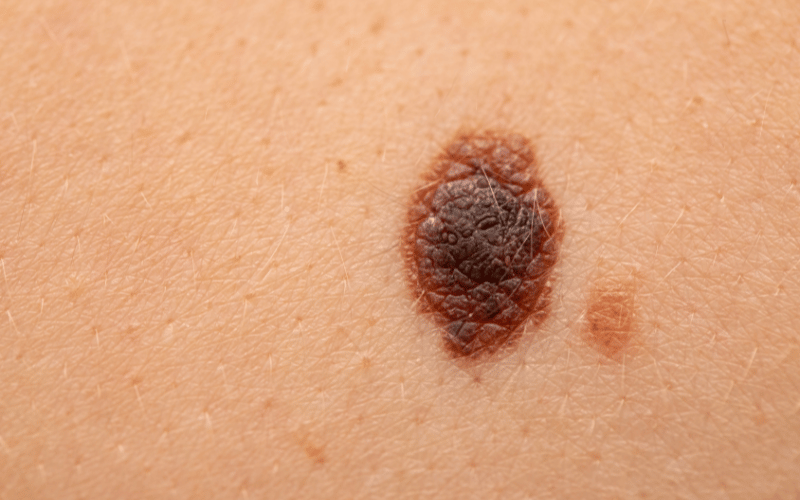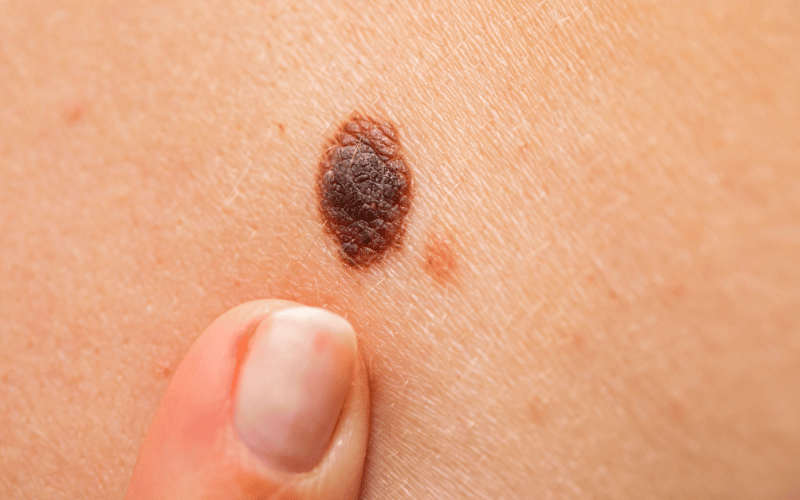Introduction: The Mysterious World of Moles
Moles. We’ve all seen them, and most of us have a few. They’re those small, brown spots that dot our skin from head to toe. But what are they, really? And when do they go from being benign blemishes to potential health concerns? Moles, clinically known as melanocytic nevus or nevocytic nevus, are quite common skin growths. Most people have them, and they can appear almost anywhere on the body.

Derived from melanocytes, the skin’s pigment-producing cells, moles are usually harmless and require no treatment. However, their appearance and behavior can sometimes raise red flags. While some moles have been with us since birth, others appear during childhood or even adulthood. The color, size, and shape of moles can vary vastly from one person to another and even from one mole to another on the same person. So, amidst this vast variety, how do we discern the regular from the irregular? How do we ensure our skin’s health without succumbing to paranoia at every new spot?
The importance of understanding and monitoring these seemingly insignificant skin blemishes cannot be emphasized enough. Recognizing these symptoms is crucial for early detection and effective treatment. This article aims to shed light on the essential symptoms associated with melanocytic nevus and when they might be cause for concern.
Symptom 1: Change in Size

Moles, by their very nature, are fairly static in appearance once they’ve reached their maturity. However, a significant change in size is an aspect that cannot be taken lightly. While it’s common for moles to grow slowly, especially during our younger years or during periods of hormonal change like pregnancy, an abrupt increase in their diameter can be a red flag.
Regular monitoring is the key. It’s advisable to note the initial size when you first spot a mole and measure its growth over time. Implementing a consistent check can be invaluable in catching any anomalies. While some moles might expand in proportion, others might present uneven growth—another symptom to be wary of.
A digital caliper or even a ruler can be a handy tool to track the size of your moles. Remember, rapid growth doesn’t always indicate malignancy, but it’s crucial to get an expert opinion if you notice considerable changes. Seeking a dermatologist’s advice ensures you’re not overlooking potential risks.
Another factor to consider is the mole’s location. Moles that experience frequent friction, such as those under belts or bra straps, might be more prone to changes. However, even in these cases, any drastic shift in size warrants a professional evaluation.
Lastly, while a change in size is just one symptom, it’s vital to look at it in conjunction with other symptoms listed. A comprehensive assessment can help in making an informed decision regarding your next steps. (1)